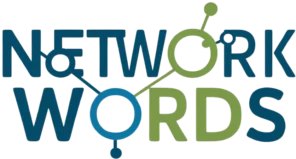Unit 1: Network Infrastructure
This will allow you to demonstrate your networking skills, knowledge, and abilities, with a focus on enterprise-level switching, routing, and multicast components that support cross-platform (inter)operability and integration with the most recent software-defined technologies.
One of the characteristics that is used to choose a path is the BGP Origin Code. The BGP table can show three types of location codes:
- IGP (looks like a “i”)
- EGP (looks like e)
- Incomplete (comes up as?)
Whenever you execute the network command for BGP, you will be able to observe IGP. This indicates that you were the one who published the network in BGP. The EGP protocol is no longer part of the BGP table because it is considered to be historical. EGP is an outdated routing protocol. We are no longer making use of it. When something is incomplete, it indicates that you have redistributed it into BGP.
It is important to differentiate between origin and originate, as was discussed in the lesson on locally originated.
Configuration
This is illustrated here:

You can see the topology I’ll be using up above. R2 in AS200 is connected to R1 and R3 in AS100. The loopback0 interface on both routers is setup with the network 10.10.10.0/24. Now let’s set up BGP:




